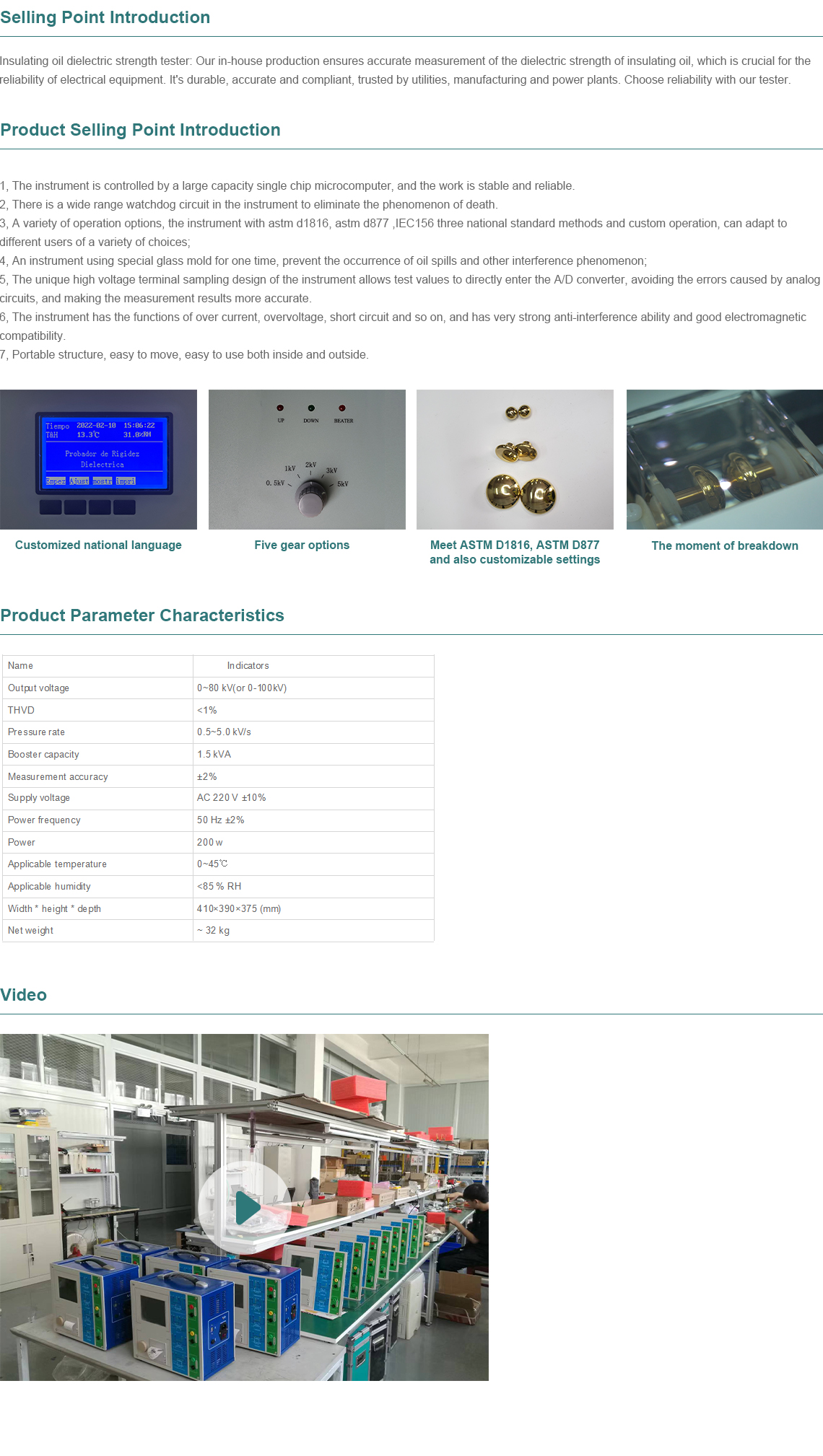 English
English



-
 Afrikaans
Afrikaans -
 Albanian
Albanian -
 Amharic
Amharic -
 Arabic
Arabic -
 Armenian
Armenian -
 Azerbaijani
Azerbaijani -
 Basque
Basque -
 Belarusian
Belarusian -
 Bengali
Bengali -
 Bosnian
Bosnian -
 Bulgarian
Bulgarian -
 Catalan
Catalan -
 Cebuano
Cebuano -
 China
China -
 China (Taiwan)
China (Taiwan) -
 Corsican
Corsican -
 Croatian
Croatian -
 Czech
Czech -
 Danish
Danish -
 Dutch
Dutch -
 English
English -
 Esperanto
Esperanto -
 Estonian
Estonian -
 Finnish
Finnish -
 French
French -
 Frisian
Frisian -
 Galician
Galician -
 Georgian
Georgian -
 German
German -
 Greek
Greek -
 Gujarati
Gujarati -
 Haitian Creole
Haitian Creole -
 hausa
hausa -
 hawaiian
hawaiian -
 Hebrew
Hebrew -
 Hindi
Hindi -
 Miao
Miao -
 Hungarian
Hungarian -
 Icelandic
Icelandic -
 igbo
igbo -
 Indonesian
Indonesian -
 irish
irish -
 Italian
Italian -
 Japanese
Japanese -
 Javanese
Javanese -
 Kannada
Kannada -
 kazakh
kazakh -
 Khmer
Khmer -
 Rwandese
Rwandese -
 Korean
Korean -
 Kurdish
Kurdish -
 Kyrgyz
Kyrgyz -
 Lao
Lao -
 Latin
Latin -
 Latvian
Latvian -
 Lithuanian
Lithuanian -
 Luxembourgish
Luxembourgish -
 Macedonian
Macedonian -
 Malgashi
Malgashi -
 Malay
Malay -
 Malayalam
Malayalam -
 Maltese
Maltese -
 Maori
Maori -
 Marathi
Marathi -
 Mongolian
Mongolian -
 Myanmar
Myanmar -
 Nepali
Nepali -
 Norwegian
Norwegian -
 Norwegian
Norwegian -
 Occitan
Occitan -
 Pashto
Pashto -
 Persian
Persian -
 Polish
Polish -
 Portuguese
Portuguese -
 Punjabi
Punjabi -
 Romanian
Romanian -
 Russian
Russian -
 Samoan
Samoan -
 Scottish Gaelic
Scottish Gaelic -
 Serbian
Serbian -
 Sesotho
Sesotho -
 Shona
Shona -
 Sindhi
Sindhi -
 Sinhala
Sinhala -
 Slovak
Slovak -
 Slovenian
Slovenian -
 Somali
Somali -
 Spanish
Spanish -
 Sundanese
Sundanese -
 Swahili
Swahili -
 Swedish
Swedish -
 Tagalog
Tagalog -
 Tajik
Tajik -
 Tamil
Tamil -
 Tatar
Tatar -
 Telugu
Telugu -
 Thai
Thai -
 Turkish
Turkish -
 Turkmen
Turkmen -
 Ukrainian
Ukrainian -
 Urdu
Urdu -
 Uighur
Uighur -
 Uzbek
Uzbek -
 Vietnamese
Vietnamese -
 Welsh
Welsh -
 Bantu
Bantu -
 Yiddish
Yiddish -
 Yoruba
Yoruba -
 Zulu
Zulu
oil tan delta
Understanding Oil Tan Delta A Key Parameter in Material Analysis
In the realm of materials science and engineering, various properties are evaluated to determine the performance and functionality of materials under different conditions. Among these metrics, the tan delta value, particularly in oil-based materials, has emerged as an important parameter for assessing the viscoelastic behavior of materials. This article delves into the concept of oil tan delta, its significance, and its applications.
Tan delta, also known as the loss tangent or damping ratio, is a dimensionless quantity defined as the ratio of the loss modulus to the storage modulus of a material. The loss modulus represents the energy dissipated as heat during the deformation of the material, while the storage modulus reflects the material's ability to store elastic energy. In simpler terms, tan delta quantifies how much energy is lost compared to how much is stored during cyclic loading.
For oil-based materials, such as lubricants, polymers, and coatings, the tan delta value provides critical insights into their performance characteristics. A high tan delta indicates that the material is viscoelastic, meaning that it exhibits both viscous and elastic properties. This characteristic is particularly desirable in applications where flexibility and energy absorption are crucial, such as in automotive suspensions, vibration dampers, and protective coatings.
oil tan delta

Moreover, oil tan delta is an essential parameter in determining the temperature and frequency-dependent behavior of materials
. As temperature increases, the molecular mobility within the material changes, affecting its viscoelastic properties. The tan delta value typically increases with temperature, indicating that the material becomes more viscous, thus losing more energy during deformation. This temperature dependence is critical when evaluating materials for applications subject to varying temperature conditions, ensuring that they remain effective over a wide range.The application of oil tan delta is not limited to the development and testing of new materials. It also plays a pivotal role in the quality control and assurance processes of existing products. For instance, in the automotive industry, the tan delta value of lubricants is routinely measured to ensure optimal performance and reduce wear on engine components. Similarly, in the coatings industry, measuring the tan delta can help predict the durability and performance of protective coatings under different environmental conditions.
Furthermore, advancements in testing techniques, such as dynamic mechanical analysis (DMA), have made it easier to measure tan delta values accurately. DMA applies oscillatory shear to materials and captures their response, providing detailed insight into their mechanical behavior. This ability to analyze materials at different frequencies and temperatures enables researchers and engineers to optimize formulations and improve product performance effectively.
In conclusion, oil tan delta is an essential parameter in understanding the viscoelastic behavior of oil-based materials. Its significance spans across multiple industries, including automotive, aerospace, and coatings, where it aids in the development, testing, and quality assurance of various products. As technology advances and the demand for high-performance materials increases, the importance of understanding and accurately measuring tan delta will undoubtedly continue to grow, ensuring that materials meet the rigorous standards required in today’s demanding applications.
-
Ensuring Transformer Reliability with High-Precision Turns Ratio TestingNewsJul.18,2025
-
Ensuring SF₆ Gas Safety: Introducing PUSH’s Integrated SF₆ Analyzer for Dew Point, Purity, and Decomposition MonitoringNewsJul.10,2025
-
Exploring the Main Types of Industrial Endoscopes and Their Applications Across IndustriesNewsJul.04,2025
-
Testing Equipment Industry Sees Major Advancements in 2025: Smart & Precision Technologies Lead the WayNewsJun.06,2025
-
Applications of Direct Current Generators in Renewable Energy SystemsNewsJun.05,2025
-
Hipot Tester Calibration and Accuracy GuidelinesNewsJun.05,2025



